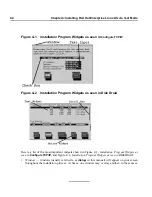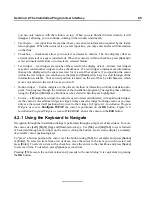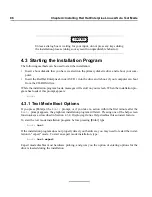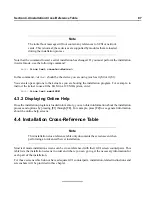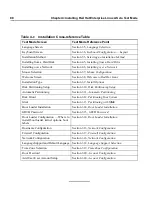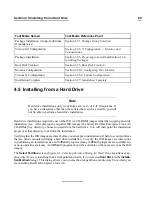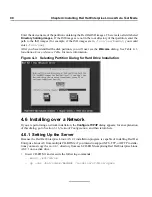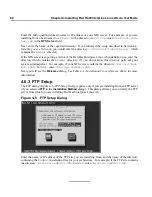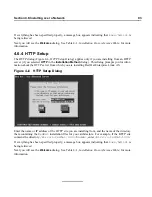
98
Chapter 5:Introduction
Note
Red Hat Enterprise Linux AS’s clustering technology is not synonymous
with fault tolerance. Fault tolerant systems use highly specialized and of-
ten very expensive hardware to implement a fully redundant environment in
which services can run uninterrupted by hardware failures.
However, fault tolerant systems do not account for operator and software
errors which Red Hat Enterprise Linux AS can address through service re-
dundancy. Also, since Red Hat Enterprise Linux AS is designed to run on
readily available hardware, it creates an environment with a high level of sys-
tem availability at a fraction of the cost of fault tolerant hardware.
5.2 Basic Configurations
While Red Hat Enterprise Linux AS can be configured in a variety of different ways, the configurations
can be broken into two major categories:
•
High-availability clusters using Red Hat Cluster Manager.
•
Load-balancing clusters using Linux Virtual Servers.
5.2.1 High-Availability Clusters Using Red Hat Cluster
Manager
High-availability clusters based on Red Hat Cluster Manager utilize two Linux servers or nodes and
a shared storage device to enhance the availability of key services on the network. Each of these key
services in the cluster is assigned its own virtual server IP address (VIP). The VIP address, or floating
IP, is an IP address that is distinct from the either node’s normal IP address and is associated with
the service rather than any particular machine in the cluster. If a monitored service on one of the
nodes fails, then that node is removed from the cluster and the remaining server starts the appropriate
services — maintaining their floating IP addresses and causing minimal disruption to the end user.
This procedure is called failover.
Each node in a Red Hat Cluster Manager high-availability cluster must have access to a shared storage
device for two reasons:
•
Either node in the cluster must be able to reach the service data of a failed node.
•
Either node in the cluster must check the health of the other node via mutually accessible quorum
partitions
1
located on the shared storage device.
1 Quorum partitions are small raw devices used by each node in Red Hat Cluster Manager to check the health of
the other node. See Red Hat Cluster Manager Installation and Administration Guide for more details.
Содержание ENTERPRISE LINUX AS 2.1 -
Страница 1: ...Red Hat Enterprise Linux AS 2 1 The Official Red Hat Enterprise Linux AS Installation Guide ...
Страница 8: ...viii ...
Страница 14: ...xiv Introduction ...
Страница 15: ...Part I Installing Red Hat Enterprise Linux AS ...
Страница 16: ......
Страница 26: ...26 Chapter 1 Steps to Get You Started ...
Страница 30: ...30 Chapter 2 System Requirements Table ...
Страница 80: ...80 Chapter 3 Installing Red Hat Enterprise Linux AS ...
Страница 94: ...94 Chapter 4 Installing Red Hat Enterprise Linux AS via Text Mode ...
Страница 95: ...Part II Configuring Red Hat Enterprise Linux AS ...
Страница 96: ......
Страница 100: ...100 Chapter 5 Introduction ...
Страница 114: ...114 Chapter 6 Linux Virtual Server Overview ...
Страница 153: ...Part III Appendixes ...
Страница 154: ......
Страница 156: ...156 Appendix A Additional Resources for LVS Clustering ...
Страница 160: ...160 Appendix B A Sample etc sysconfig ha lvs cf File ...
Страница 162: ...162 Appendix C Removing Red Hat Linux ...
Страница 168: ...168 Appendix D Getting Technical Support ...
Страница 178: ...178 Appendix E Troubleshooting Your Installation of Red Hat Enterprise Linux AS ...

